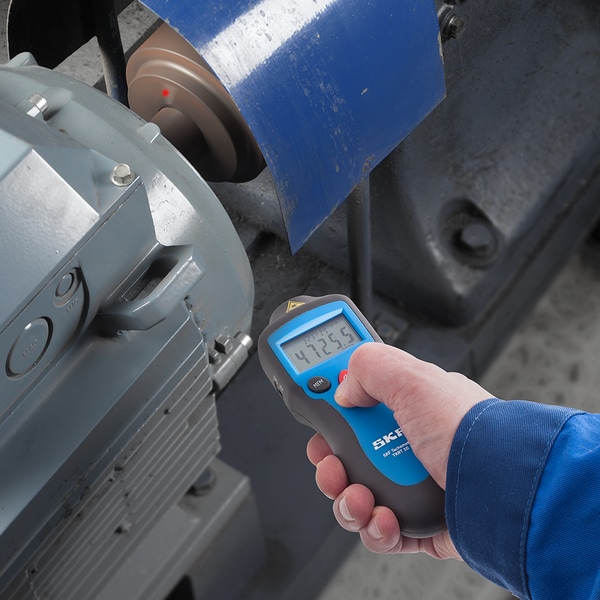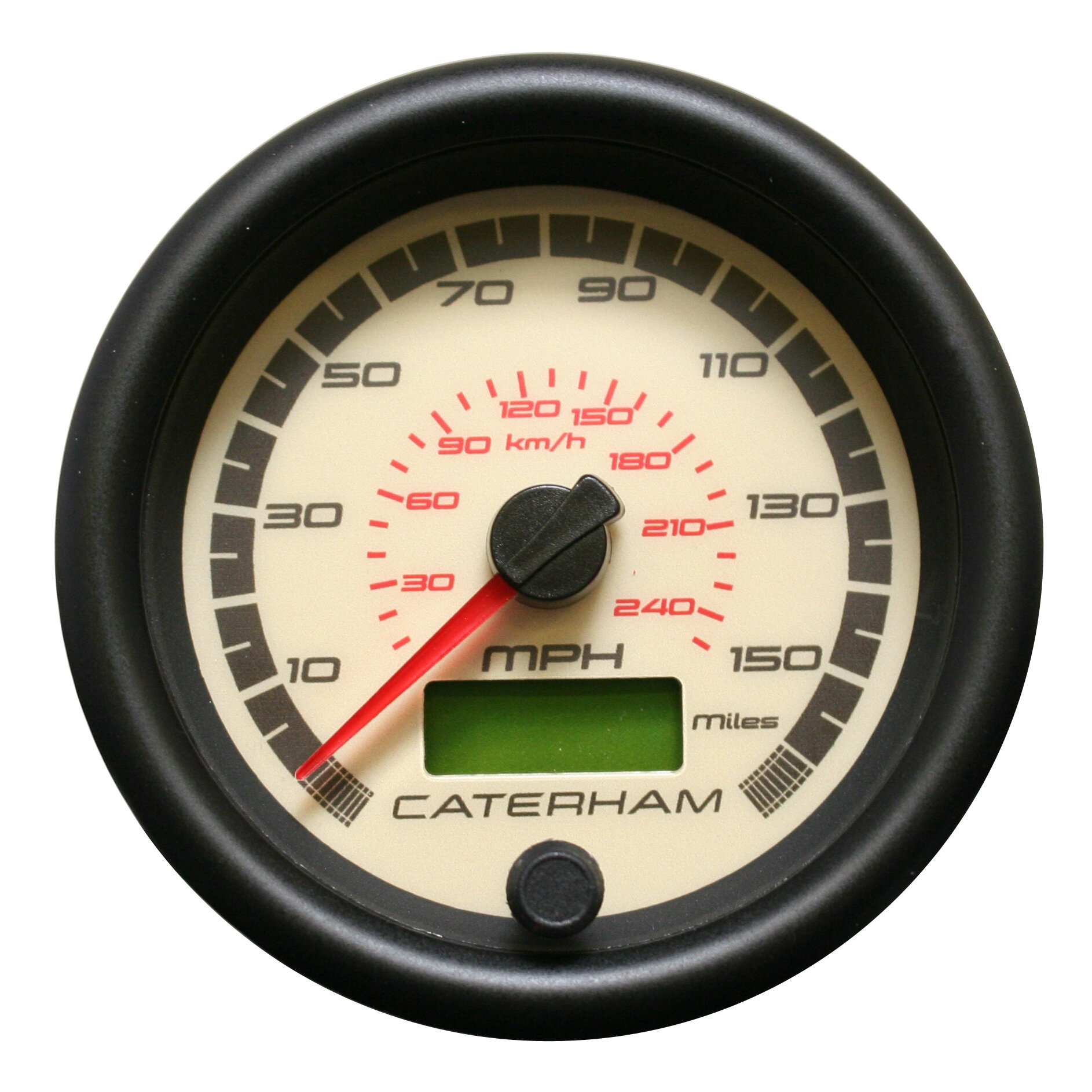The Importance of a Tachometer in Checking Engine Speed and Efficiency in Automotive Applications
In the realm of vehicle design, the tachometer stands as a pivotal tool in the driver's toolbox, giving a direct home window right into the inner functions of a vehicle's engine. Beyond its feature as a mere gauge of transformations per min (RPM), the tachometer works as a vital tool for lovers and specialists alike, offering real-time insights right into engine efficiency and health and wellness. Recognizing the significance of this gadget goes past surface-level observations, diving into the detailed relationship in between engine speed, power outcome, and total driving experience. As we check out the complex role of the tachometer in automobile applications, a much deeper appreciation for its effect on automobile characteristics and efficiency begins to arise.
Relevance of Checking Engine RPM
Monitoring engine RPM, or transformations per minute, is a vital facet of automobile upkeep and efficiency analysis. Engine RPM directly correlates with the speed at which the engine's crankshaft revolves, suggesting exactly how quickly the engine is running - tachometer. By monitoring RPM, technicians can analyze the health and wellness of the engine, find prospective problems, and fine-tune efficiency. An unusual RPM reading may signal issues such as engine misfires, faulty ignition system, or concerns with the gas shipment system. Regularly high RPM readings can suggest aggressive driving behaviors or the requirement for a higher gear shift to improve gas performance.
In addition, keeping track of engine RPM is crucial for performance examination in auto racing and high-performance cars. In summary, checking engine RPM is not just important for identifying issues but likewise for enhancing engine efficiency in different auto applications.

Benefits of Real-Time Data
In vehicle applications, real-time data plays an important duty in offering immediate insights right into the performance and condition of the lorry. By continually keeping track of various specifications such as engine rate, temperature, fuel consumption, and more, real-time information provides countless advantages that add to enhanced effectiveness and security on the road.
One substantial benefit of real-time data is its capacity to sharp drivers and specialists to any abnormalities or concerns without delay. This positive technique makes it possible for fast recognition of potential problems, enabling prompt treatments to avoid further damages or failures. Additionally, real-time data helps with efficiency optimization by supplying instant comments on driving habits and engine effectiveness. Vehicle drivers can readjust their habits in real-time based upon this details to achieve far better gas economic situation and prolong the life-span of their lorry.

Furthermore, real-time information plays an essential duty in contemporary automotive diagnostics, making it possible for service technicians to promptly detect and resolve breakdowns. This brings about reduced downtime, reduced maintenance prices, and inevitably, improved total vehicle reliability and long life (tachometer). By using the power of real-time data, vehicle stakeholders can make enlightened choices that positively affect both the efficiency and long life of the lorry
Influence On Gear Shifts
The tachometer plays an important function in enhancing gear shifts visit by providing real-time engine speed information to the vehicle driver. When coming close to the redline on the tachometer, it signifies the motorist to upshift to stop over-revving the engine and triggering prospective damage.
Moreover, the tachometer help in attaining smoother gear transitions, particularly in manual transmissions. By checking engine rate, motorists can perform gear changes at the ideal RPM range, reducing snagging movements and reducing wear on the transmission parts. This precision in gear changes not just improves driving comfort yet additionally adds to fuel performance.
Enhancing Gas Effectiveness
Given the essential duty the tachometer plays in enhancing equipment shifts for performance and engine wellness, it straight adds to maximizing fuel performance in vehicle applications. By offering real-time responses on engine speed, the tachometer aids chauffeurs in keeping one of the most efficient RPM variety for fuel economic climate. When drivers constantly keep track of the tachometer and readjust their driving routines accordingly, they can prevent unneeded fuel usage triggered by over-revving or carrying the engine.
Moreover, useful site the tachometer aids motorists determine the most fuel-efficient gear to be in at any type of given moment, avoiding the engine from functioning harder than necessary. In conclusion, the tachometer offers as a beneficial device in enhancing fuel efficiency by promoting ideal driving habits and recognizing locations for improvement in the automobile's efficiency.

Taking Full Advantage Of Engine Long Life
The tachometer's function in keeping track of engine rate and efficiency is crucial in guaranteeing the long life of auto engines. Keeping track of the tachometer permits vehicle drivers to remain within the advised RPM range for their car, protecting against unnecessary stress on the engine and prolonging its life-span.

Conclusion
In final thought, the tachometer plays a vital role in keeping an eye on engine speed and performance in automobile applications. By providing real-time information on RPM, it permits reliable gear changes, enhanced gas effectiveness, and made best use of engine long life. This device is crucial for preserving optimum engine performance and making sure the overall functionality of a vehicle.
Comments on “Comprehensive Guide to Recognizing and Utilizing a Tachometer Successfully”